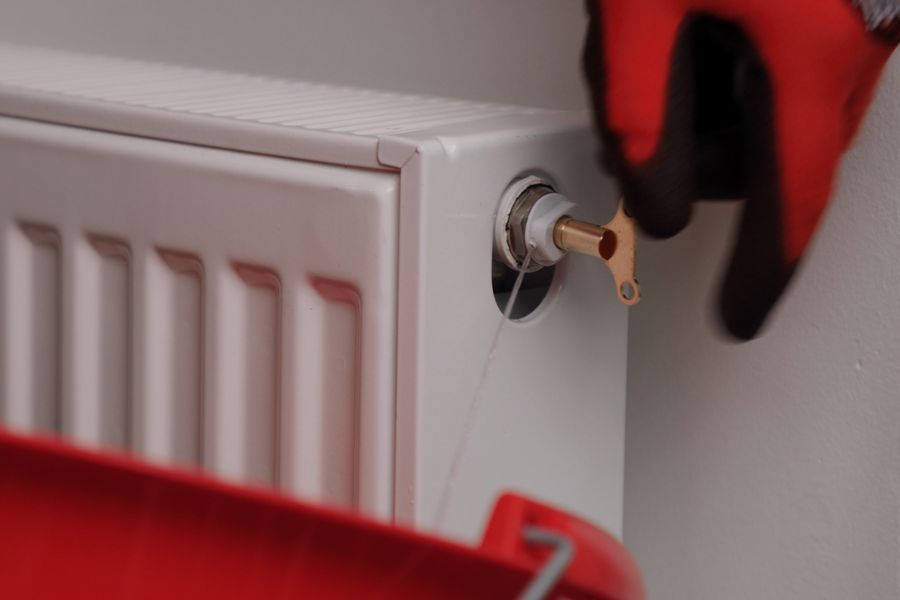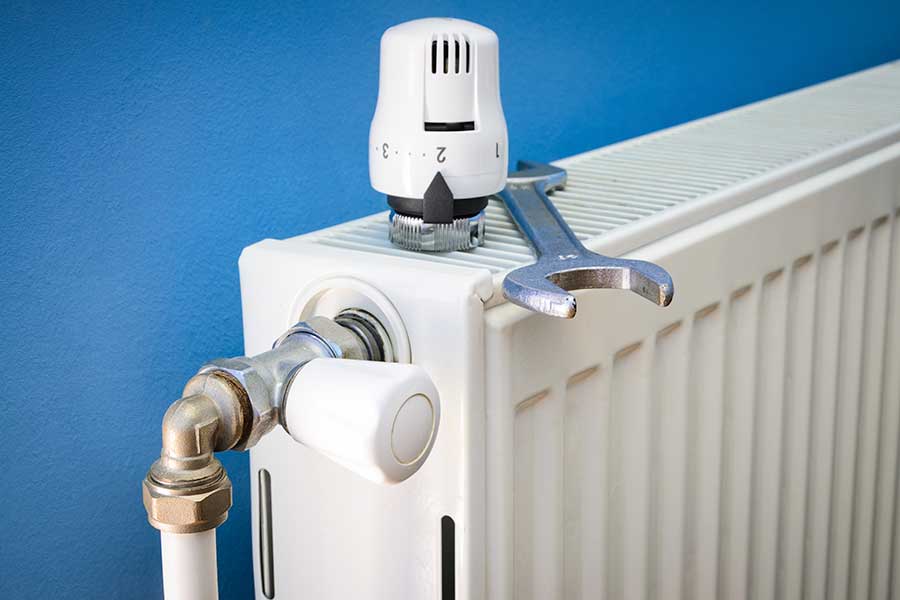If you find that your boiler pressure is too high, this guide will explain how to reduce boiler pressure yourself and lower it to the correct setting.
What pressure should my boiler be?
Your boiler’s pressure is usually displayed on the built-in pressure gauge.
It should read around the 1 bar mark when you’re not running any hot water and the heating isn’t turned on. This means 1 bar is a low-pressure setting.
When the heating is turned on, your boiler pressure should be between 1.5 and 2 bars. Most boilers will highlight this area in green on the pressure gauge, clearly showing you that the pressure setting is correct.
If the boiler reading is outside of these numbers, this indicates that the boiler pressure is either too low or too high.
Why is my boiler pressure too high?
Once the boiler begins to heat water, the heated water expands and causes the pressure gauge to increase. With an expansion vessel, boilers are usually able control these quick leaps in pressure so you don’t need to worry if the boiler shows a higher pressure than you expected when you are both using the central heating and running hot water.
Is high boiler pressure dangerous?
In most cases, high boiler pressure is not dangerous if the boiler has a working PRV (pressure relief valve). When the pressure becomes too high, the boiler will either turn itself off, or the PRV will successfully control the boiler pressure which will prevent it from being too high.
However, you shouldn’t rely on the PRV. As soon as you notice your boiler’s pressure is too high, follow the steps below to fix it as soon as possible.
How to reduce your boiler pressure in 6 steps
Reducing boiler pressure can be as easy as bleeding your radiators and letting a little water out of your heating system. One of our Home Experts, Chris explains how to fix high boiler pressure safely in the video below. Or you can follow the full step by step guide.
- Switch off your boiler and wait for the heating system to cool
- Identify and check the boiler pressure gauge
- If it’s above 2 bars, you’ll need to reduce the pressure
- Ensure the filling loop or relief valve is tightly closed
- Bleed your radiators to release trapped air and a little water from the heating system
- Check to see if the boiler pressure returns to its correct setting

Is your boiler pressure too low?
If your boiler pressure is too low (anything below one bar), you may need to bleed your radiators – or that there may be a leak in the heating system.
Low boiler pressure may result in no heating or hot water, meaning that your central heating system will have to work harder and ultimately use a higher amount of energy.
Find out exactly what you’ll need to do by reading our useful guide on how to repressurise a boiler with low pressure.
Boiler pressure still too high?
If you’ve tried everything and your boiler pressure is still too high, there could be one of two issues:
- The expansion vessel needs repressurising
- There’s a fault with the filling loop
As this is not something you can fix yourself, you will need to call a Gas Safe registered engineer who can come and diagnose the issue for you.




